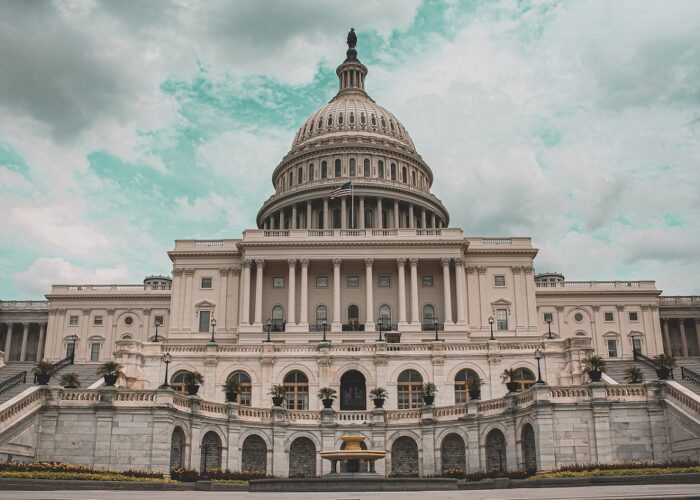
Solar and energy storage deployment in the US could be accelerated under new proposals from the country’s Federal Energy Regulatory Commission (FERC) aimed at addressing significant backlogs in interconnection queues.
With new electric generation projects facing an average of more than three years to connect to the grid, FERC has proposed reforms to ensure that interconnection customers can access the grid in an efficient, transparent and timely manner.
Unlock unlimited access for 12 whole months of distinctive global analysis
Photovoltaics International is now included.
- Regular insight and analysis of the industry’s biggest developments
- In-depth interviews with the industry’s leading figures
- Unlimited digital access to the PV Tech Power journal catalogue
- Unlimited digital access to the Photovoltaics International journal catalogue
- Access to more than 1,000 technical papers
- Discounts on Solar Media’s portfolio of events, in-person and virtual
The action addresses the “urgent need” to update and streamline processes to interconnect new resources to the grid, said FERC chairman Rich Glick, adding: “We are witnessing unprecedented demand for new resources seeking to interconnect to the transmission grid, and queue delays are hindering customers’ access to new, low-cost generation.”
At the end of 2021, there were more than 1.4TW of generation and storage waiting in interconnection queues in the US, more than triple the total volume just five years ago, according to FERC.
Among its proposals include a “first-ready, first-served cluster study process” in which transmission providers would conduct larger interconnection studies for numerous generating facilities, rather than separate ones for each installation. Such an approach would help minimise delays, according to FERC.
Another suggestion would require transmission providers to allow more than one resource to co-locate on a shared site behind a single point of interconnection. This, FERC argued, would remove barriers for co-located resources by creating a more efficient standardised procedure.
The commission also proposed to impose firm deadlines and establish penalties if transmission providers fail to complete interconnection studies on time.
The proposals follow the Department of Energy launching last week the Interconnection Innovation e-Xchange (i2X) initiative, which aims to ease interconnection queues, reduce wait times and lower grid connection costs.
According to a white paper published earlier this week by the Solar Energy Industries Association (SEIA), an outdated grid system and a lack of investment have prevented thousands of gigawatts of solar PV from connecting to the grid.
Ben Norris, senior director of regulatory affairs at SEIA, said interconnection challenges “have been simmering below the surface for years and remain one of the biggest impediments to meeting our state and federal clean energy goals today. We commend FERC for putting this issue front and centre and taking action before it’s too late.”
Norris added that FERC’s proposed reforms will reduce application withdrawals and lower overall project costs.
There was a total of 462GW of solar capacity in US transmission interconnection queues at the end of 2020, according to research published last year by Lawrence Berkeley National Laboratory.







